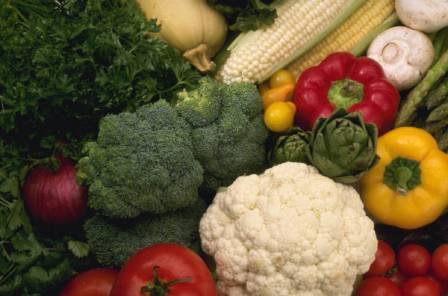|
The Glycemic Index And You
When you eat food, your body performs a series of chemical reactions to break down the food into the body’s own energy currency – glucose. A certain amount of glucose in your blood is required to function normally. If your blood glucose dips below the normal range, you may feel hungry and/or shaky and if it rises above the normal range you may feel tired and want to sleep. It’s quite the balancing act and your body performs this job automatically, all day and all night long. You can help with this balancing by paying attention to what you eat as each food has a glycemic effect on your body. The glycemic effect of food is the effect carbohydrates have on your blood glucose and insulin response. This effect depends on many factors:
Low glycemic index foods score 55 and under and provide the body with a slow dose of glucose. Examples of low GI foods are most fruits and vegetables, legumes, multi-grain breads, milk and brown rice. Medium GI foods score between 56 and 69 and consist of whole grain products, sweet potatoes and most forms of white rice. High GI foods score 70 to 100 and consist of baked potatoes, white bread, breakfast cereals and watermelon. These foods provide the body with a rapid rise in blood glucose and are best used for energy recovery. Just because a food is considered to have a high glycemic index does not mean that you need to abstain. Take potatoes and ice cream, for instance. Although baked potatoes score in the range of 56-78 on the glycemic index, they are more nutrient dense and full of fibre as compared to North American ice cream which scores between 36 and 62 on the index. So you see that choosing only those foods on the low end of the glycemic index, regardless of nutrient content, can push you into other issues, such as empty calories and accumulated body fat. If you’re going to refer to the glycemic index when choosing foods, it’s best to look at overall nutrient content and if the food is high on the index, the trick is to pair it with fibre and protein to slow the dump of sugar into your blood. Although eating a wide variety of foods is a healthy approach, there are many benefits to a low GI diet. Eating mainly from the low GI foods will help with weight management as the lower GI foods reduce hunger and help keep you full for longer periods of time. Other benefits of a low GI diet include a reduction in cholesterol levels, improved sensitivity to insulin, and a reduced risk of heart disease. For more detailed information on the Glycemic Index and access to a comprehensive GI database, please visit
www.glycemicindex.com.
Do you think you can make a tasty meal from this list? If you add protein sources and healthy fats you’re on the road to good health.
|

